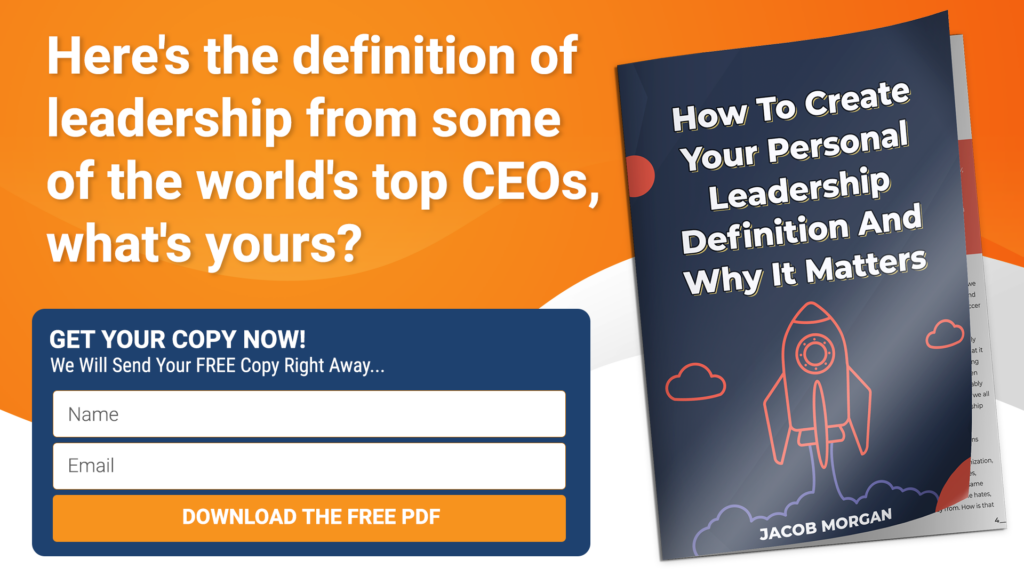Lorenzo Simonelli is the Chairman, President, and CEO of Baker Hughes, a $20 billion energy technology company with 60,000 employees in 120 countries around the world.
Prior to Baker Hughes Lorenzo served as President and CEO of GE Transportation, CFO of the Americas for GE Consumer & Industrial, and General Manager, Product Management for GE Appliances, Lighting, Electrical Distribution, and Motors.
It is a very different experience for leaders today than it was decades ago. With the advent of social media, sites like Glassdoor, Smartphones, etc…everything they do and say is out there for the world to see and they are constantly scrutinized and analyzed. As Lorenzo shares, unlike in the past, the role of a leader now is 24/7. He is aware of the constant feedback and analysis and says he is a humble person and he tries to do the right thing on an ongoing basis. He treats people with respect and leads in a genuine way. And so when people critique him it doesn’t get to him as much, because he is comfortable in his own skin and he knows he is doing his best.
He believes that as long as leaders are leading in a respectful and authentic way and as long as they are driving the company forward, keeping all stakeholders at the forefront, then after that you need to be comfortable and confident in yourself. Don’t take criticism too much to heart.
“I’ve always felt it was important to have a balance, and I will work hard. And I will always try and do the best thing at the same time. Like all other humans, you’ve got only so much you can do. And that’s what I put into perspective as well. I don’t have all the right answers. I don’t know everything. But I’ll always do the best for the company.”
What it was like working with Jack Welch and Jeff Immelt at GE
Lorenzo worked at GE in various roles for around 20 years and he had the opportunity to work with both Jack Welch and Jeff Immelt. He says working with both of them was a great learning experience and they had a huge influence on who he is as a leader today. He was able to see both of them in action and learned different skills from them.
He shared a story of a time when he was conducting his first project for Jack and he had to give a presentation. At the time Lorenzo was around 20 years old and being that this was his first major interaction with Jack he was very nervous. He walked into the conference room and he was surrounded by Jack and other corporate staff and he began to sweat, he was so uncomfortable.
When Lorenzo started to present Jack could sense his nervousness and immediately he said “Stop, stop.” This startled Lorenzo and he was confused. He had just started presenting, there’s no way he could have screwed up already. But Jack wasn’t upset, he said “With a name like Lorenzo and an English accent, you’ve got to explain your story before you start.” And that was the ice breaker that Lorenzo needed to be able to breath and calm down before continuing with his presentation.
This is something Lorenzo has taken with him as a leader. It’s an important skill to be able to read how people are feeling and to help them get to a place where they can shine.
During the 2008-2009 financial crisis Lorenzo was leading a GE transportation business and because of the tough times he had to call Jeff and tell him that they had lost all of their volume. Lorenzo recalls Jeff being very understanding and telling him take what you can control and do what’s right, at the end of the day that’s all I can ask of you. I can’t ask you to control externalities that you don’t have a bearing on. Jeff was supportive and kind as a leader in a really difficult time, and that’s something that Lorenzo has taken from him.
Now more than ever we need to take a step back to define what it means to be a leader and what great leadership looks like. But this isn’t easy to do. In fact, man business leaders struggle with this. You cannot become and build what you don’t define. In the PDF you will get a framework you can follow and also see how some of the world’s top CEOs define leadership. Click here to get the PDF.
Leading in tough times
Making difficult decisions as a leader is never pleasant, but as Lorenzo shares, you have to be honest, drive the company forward, and make sure the company is going to be there when things get better.
Lorenzo recalls something a mentor once told him and that is, “The worst thing you can do in a crisis is hide in your own office, because everybody is confused and the leader needs to be out there, and actually giving a direction and giving clarity.” Lorenzo has always approached a crisis as an opportunity to engage in a dialogue and build camaraderie. Your people have to understand the reasons behind the decisions you are making as a leader. You will not always be popular for the decisions you make, but people will trust you and respect you for keeping them informed and involved in the process.
As a leader you also have to be comfortable with managing ambiguity, you can’t look flustered. Lorenzo says, “People don’t necessarily expect you to know all the answers. Clearly, the pandemic was something many of us were facing for the first time. And we had to be agile and navigate the pandemic. But if you provide a sense of ease, and a sense of just communication, and comfort, people will come along, and you will solve it as you go along.”
He says the worst thing you can do is get flustered, because people will see that and they won’t trust you to make the right decision. You may not know what to do in a given moment, but you have to stay calm, come up with a rational response, and communicate with employees. Get all the information you can, and then make the best decision possible. You may not always get it right, but you will be making progress and moving forward.
Lorenzo’s evolution as a leader
There was a time in Lorenzo’s career when he admits he was more of a command and control type leader. He thought he could do it all himself and he micromanaged people. But over time his leadership style has changed.
The change has come about because he listened to the feedback coming from employees and peers and really taking it to heart. Listening is such an important skill to have as a leader. In order to truly take feedback and make changes you also have to be vulnerable and self aware. It’s also critical to let people know you appreciate feedback so that they continue to give it in an open and honest way.
Lorenzo’s advice for leaders
Now more than ever it is important for leaders to stand for something and to stand for what the company believes in. As a leader at an energy technology company, Lorenzo believes that Baker Hughes can really help reduce the carbon footprint and provide safe, reliable energy for people around the world. And that is something he speaks up about and something that he takes a stand for. Every decision he makes is based on that belief.
He says, “I’ll also say I think leaders need to be a voice for the underrepresented and also for the way in which the globe needs to continue to evolve. And that’s why diversity and inclusion is so important. Because if we don’t say it as leaders, then how will it evolve? And that’s the best decisions we know, are made when you actually have variation and diversity of thought. And that comes through the D&I as well.”
The speed at which things are changing in the world has sped up, and so leaders also need to be agile. You have to be able to move fast and pivot when needed. “We know the end goals, but how you’re going to get there can vary day in and day out, and also different roads that you take. And we look at the external world, we look at what’s happening, and we pivot accordingly. And so instead of it being one big marathon, it’s actually short sprints that get you along that way. And that’s the way in which we’ve been through this journey.”
Listen to the episode on Apple Podcasts, Spotify, Google Podcasts, or your favorite podcast platform.
If you want more content like this you can subscribe to my Youtube channel.
. . .
This episode is sponsored by Perceptyx.
Perceptyx helps enterprises get a clear picture of their employee experience with a continuous listening and people analytics platform aligned to key business goals. With the industry’s largest portfolio of survey types – including engagement, DE&I, lifecycle, 360 feedback, pulse, and more – now you can see not only what’s going on today, but how to move forward tomorrow with insights and prescriptive actions for every level of the organization. Given our unique blend of technology, domain expertise, and ‘above and beyond’ customer service, only Perceptyx makes all this possible. It’s why 30% of the Fortune 100 already rely on Perceptyx and why 95% of the organizations stay with us year after year. Learn more or request a personal demo today at www.perceptyx.com.


